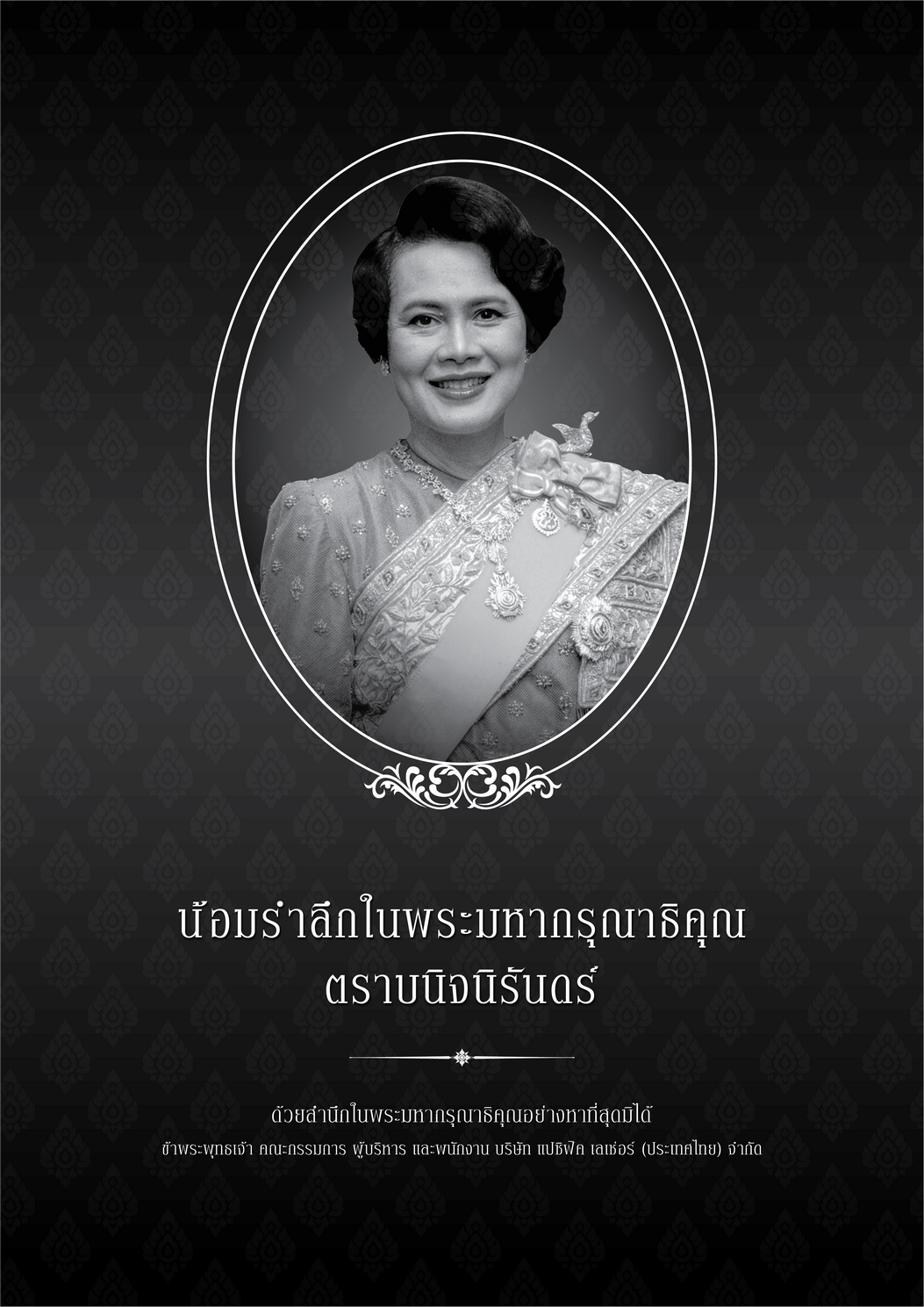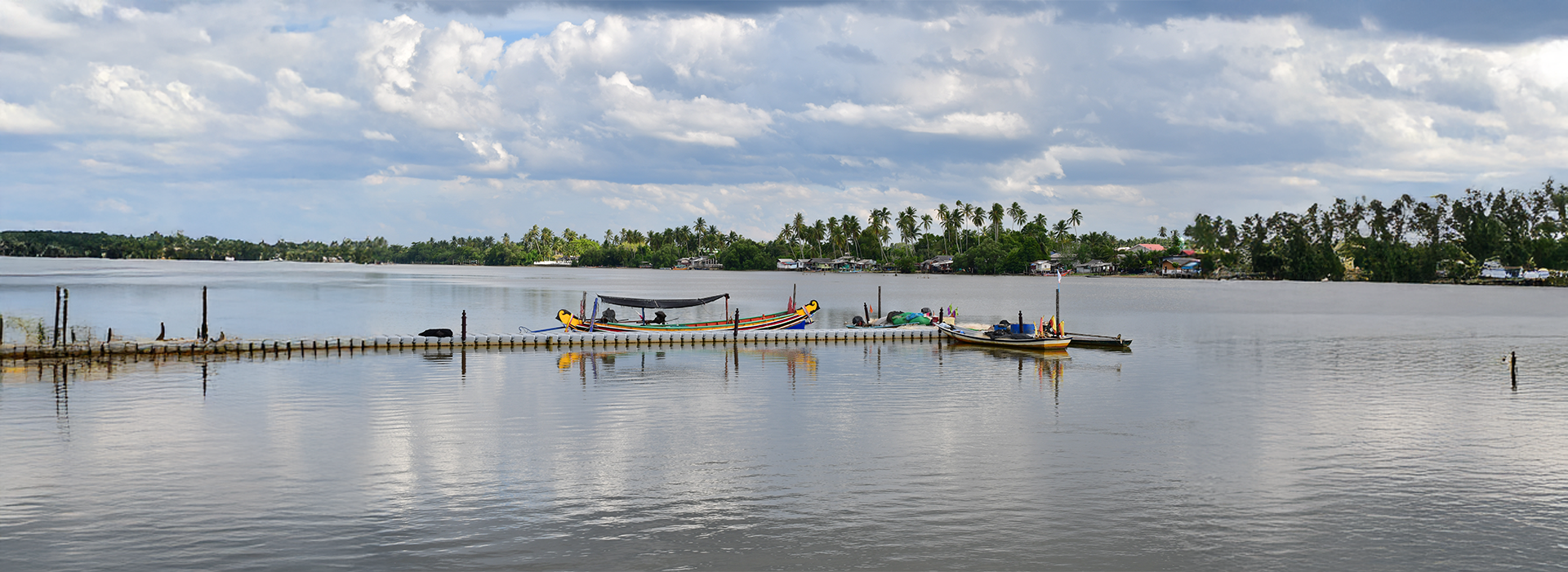
Koh Yao, Tak Bai: Thailand’s Eastern Gem at the Edge of the Gulf
Tak Bai: A Hidden Gem of Serenity
Located in Narathiwat Province, Tak Bai is Thailand’s easternmost district, bordering Malaysia. Though often overlooked due to its distance and misconceptions about safety, Tak Bai is a serene and charming destination where Thai Buddhist and Muslim communities coexist harmoniously.
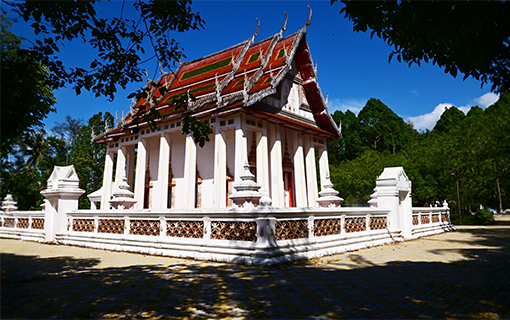
The Chapel of Wat Chonthara Singhe : An elegant and historic chapel that reflects the architectural beauty and cultural significance of Wat Chonthara Singhe
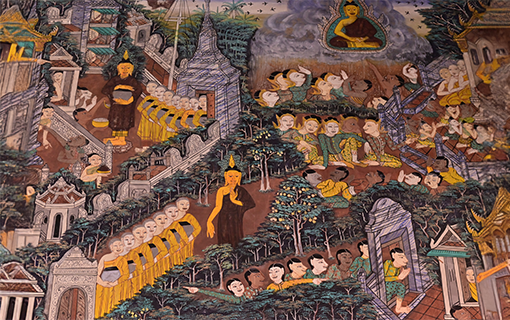
Murals Inside the Chapel : Exquisite wall murals illustrating Buddhist stories and glimpses of daily life from the past, painted by a monk from Songkhla.
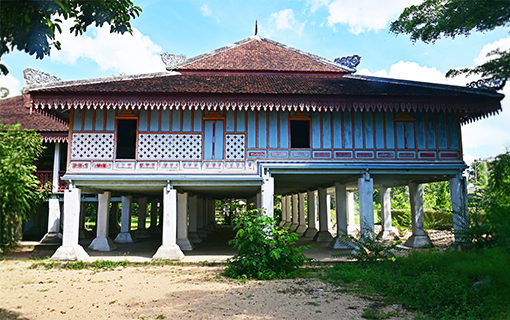
Wooden Pavilion at Wat Chonthara Singhe : A local architectural masterpiece, this wooden pavilion is renowned as one of the most beautiful traditional structures in the region.
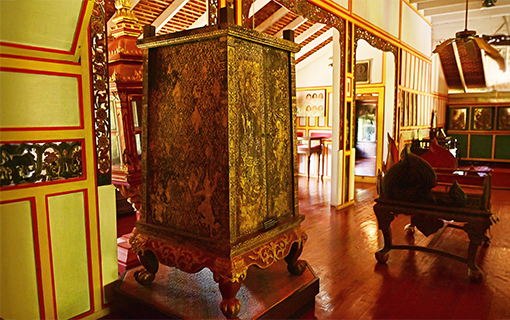
Old Manuscript Cabinets : Antique manuscript cabinets displayed in the museum at Wat Chonthara Singhe, showcasing traditional craftsmanship and historical importance.

Sculpture Depicting the Signing of the Thai-Malay Border Agreement : A sculpture in the museum commemorating the historic boundary agreement between Thailand and Malaysia during King Rama V's reign. Wat Chonthara Singhe played a key role as a symbol of Thai Buddhist culture in the negotiation, earning it the title "The Temple Protecting Thai Land."
Wat Chonthara Singhe: A Hidden Historical Gem
- Built in 1860 during King Rama IV’s reign, this ancient temple reflects rich history and stunning architecture.
- Highlights include the wooden sermon hall, now a museum, which has won a conservation award from the Association of Siamese Architects.
- Admire the murals depicting Buddhist stories intertwined with scenes of local life from the past, as well as the gilded principal Buddha statue.

The Hundred-Year Waiting Bridge, as Seen from the Temple's Pier : A picturesque view of the iconic bridge from the riverside of Wat Chonthara Singhe.
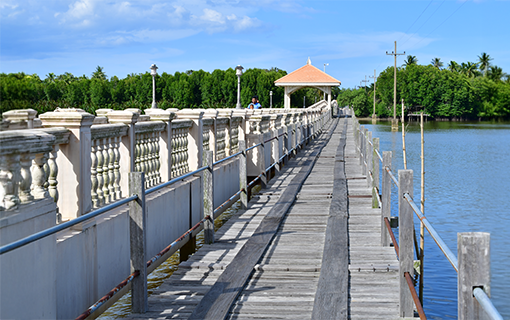
The Hundred-Year Waiting Bridge : Once a wooden structure and later reinforced with concrete, the bridge symbolizes the long wait of the locals for a connection to the mainland.
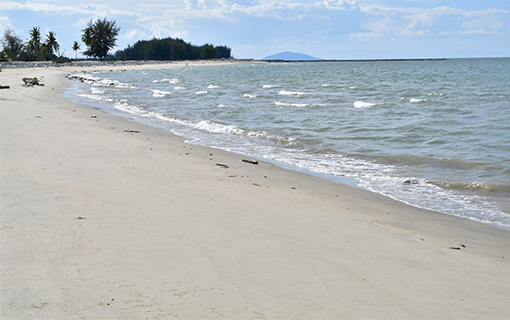
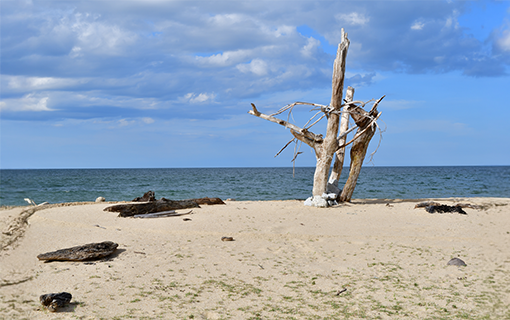
The Pristine Beaches of Koh Yao : Crystal-clear waters and soft white sand beaches of Koh Yao, a hidden paradise on the Gulf of Thailand.
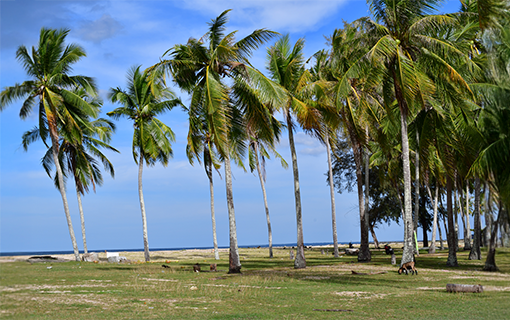
Coconut Groves on Koh Yao : Rows of lush coconut trees adding to the tropical charm of the island.
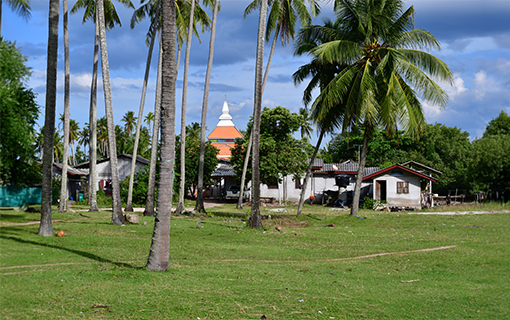
Houses and a Mosque Amidst the Coconut Trees : Traditional houses and a mosque nestled within the greenery of Koh Yao, showcasing the peaceful coexistence of cultures.
Koh Yao: A Quiet Island Getaway
Koh Yao, the last island along the Gulf of Thailand, is a must-visit for those who love pristine beaches and tranquil vibes.
- Natural Beauty: The island features coconut trees, casuarina pines, and a vast, white sandy beach stretching 9 kilometers.
- Unique Access: Cross the Tak Bai River via a pedestrian bridge (for walking, bicycles, and motorbikes only). Once a wooden bridge, it has been upgraded to concrete, enhancing convenience while preserving its charm.
- Hidden Paradise: Most visitors cross the bridge on foot to enjoy the untouched beauty of this “hidden beach.”
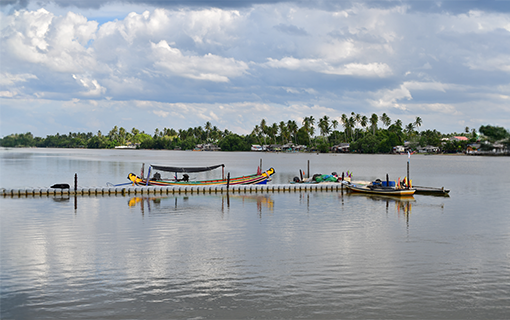
Tak Bai River and Riverside Community from the Hundred-Year Waiting Bridge : A stunning view of the river and the charming riverside community as seen from the bridge, with Koh Yao in the background.
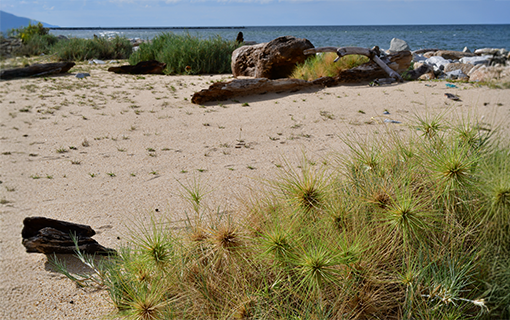
Wind Grass on the Beaches of Koh Yao : Delicate clusters of "wind grass" scattered along the sandy shores, adding a unique natural touch to the island’s beauty.
Why Visit Tak Bai and Koh Yao?
- Cultural & Natural Harmony: Explore the historical treasures of Wat Chonthara Singhe and relax on Koh Yao’s unspoiled beaches.
- Authentic Experiences: Discover a destination far removed from the crowds, offering a unique blend of history, culture, and natural beauty.
Tak Bai and Koh Yao are perfect for those seeking peace, history, and scenic beaches. A hidden gem waiting to capture your heart.
Editor in Chief : Nampetch Siramanon
Editor: Pacific Leisure (Thailand)
Content Creator : Mr. Saroj Na Ayutthaya
Navigate
Terms & Privacy
Pacific Leisure (Thailand) Limited
No. 888/154, Mahatun Plaza Bldg., 15th Floor,
Ploenchit Road, Lumpini, Pathum Wan,
Bangkok 10330, Thailand
Phone : +66 22 542 966
Mobile : +66 87 347 3111, +66 63 224 1384
Email : info@pacificleisureth.com
Website : https://www.PacificLeisureTH.com
(TAT) Licensed No: 11/00161

